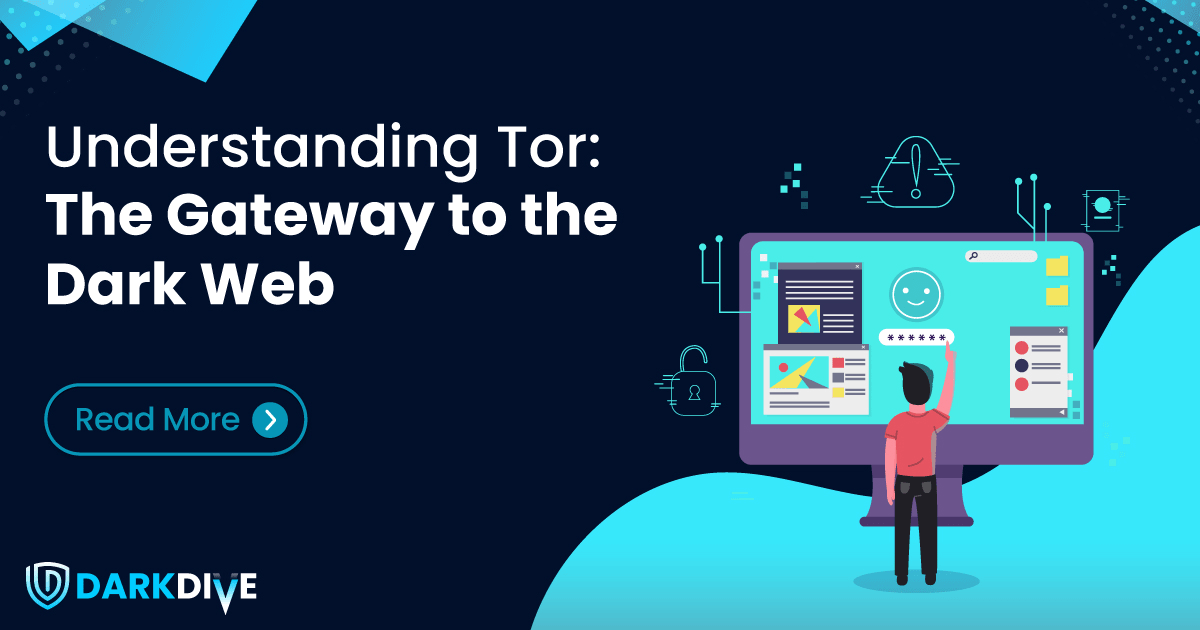
When people hear “dark web,” they usually imagine something shady—illicit activity, anonymous users, and the kinds of things no one wants tied to their name. What they rarely think about is Tor, the technology that quietly powers much of that world.
Tor, which stands for “The Onion Router,” is more than just a browser. It’s a network that lets people get to the internet’s hidden areas. And cybersecurity teams, especially those in Security Operations Centers (SOCs), need to know how it works more than ever. It’s important.
What Tor Does and Why It Matters
Tor was originally created to protect online privacy. The idea was simple: route internet traffic through a series of encrypted layers, like an onion, so that no one could trace where it came from. Instead of going straight from your device to a website, your data jumps through multiple nodes around the world. Each node peels away a layer of encryption, but none of them knows both the origin and the destination.
That’s great for journalists, whistleblowers, and anyone needing protection in surveillance-heavy environments. But it’s also exactly what makes Tor attractive to cybercriminals. The same tech that keeps good people safe also gives bad actors a shield.
The Visibility Problem for SOCs
Here’s where it gets tricky. Even though SOCs have grown more advanced—with AI, automation, and threat intelligence integrations—Tor still blindsides a lot of teams. Most tools weren’t built to track traffic coming through this network. It’s hard to identify and even harder to attribute.
But attackers? They’ve been using Tor for years. Ransomware kits, stolen credentials, and vulnerability exploits; they’re all traded, launched, or discussed across dark web forums accessed through Tor. And it’s not slow and methodical anymore. We’re talking data theft in minutes and malware deployment in under an hour.
Analyst Burnout Is Real
For analysts, this presents a twofold challenge. First, there’s the technical difficulty of seeing and reacting to Tor-based threats. Second, there’s the mental toll. Alert fatigue is already a serious issue in SOCs. Add invisible threats from a part of the web most tools can’t reach, and it gets worse.
Analysts aren’t just fighting attacks—they’re fighting stress, cognitive overload, and burnout. And when your people are stretched thin, it’s easier for something to slip through the cracks.
How DarkDive Helps Analysts Regain Control
That’s where a platform like DarkDive makes a real difference. Instead of trying to detect Tor activity at the network level, DarkDive approaches the problem from the intelligence side.
It continuously scans forums, ransomware blogs, and breach dumps across the dark web—many of which are only accessible via Tor. If it finds exposed credentials, mentions of your company, or threat actor chatter that matches your digital footprint, it triggers an alert. And every alert is validated by a human analyst, so your team isn’t wasting time chasing false flags.
For SOCs, that means faster decisions, cleaner investigations, and a little breathing room. You’re not trying to monitor Tor directly; you’re seeing its outcomes and reacting in real time.
Why Tor Awareness Can’t Be Optional
Tor may only be one part of the larger threat landscape, but it’s a significant one. If your cybersecurity strategy ignores it, you’re leaving a gap. And attackers? They’ll find it.
Understanding how Tor works isn’t just for forensic teams or deep-dive researchers. It’s frontline knowledge now. It tells you where threats may be hiding, how data is moving, and why certain risks appear with no surface-level explanation.
Conclusion
Cybersecurity isn’t just about firewalls, SIEM dashboards, or endpoint agents anymore. It’s about having eyes where attackers don’t expect you to look—especially in hidden spaces like the dark web. Tor may be built to anonymize, but that doesn’t mean it should blind your defenses. If your team can understand how it’s used, what moves through it, and how to trace its aftershocks, you gain an edge. Because in this threat landscape, visibility isn’t optional—it’s survival.
